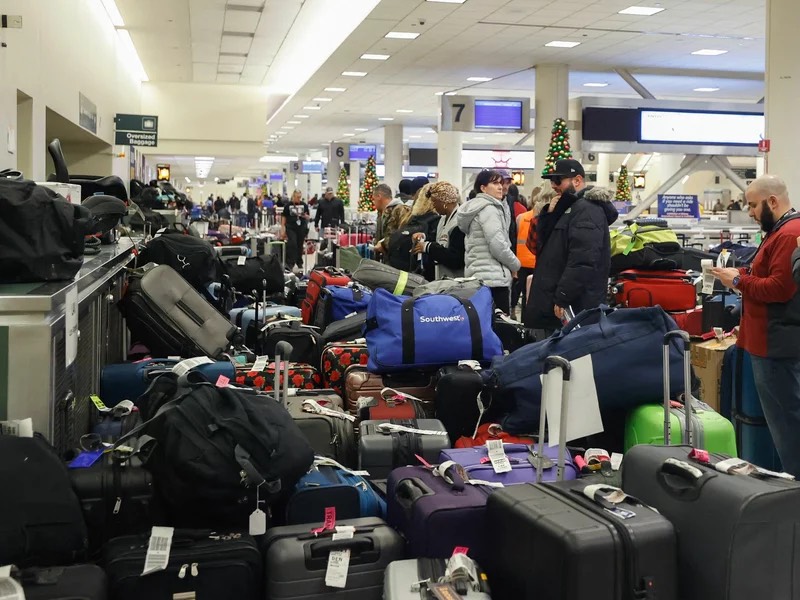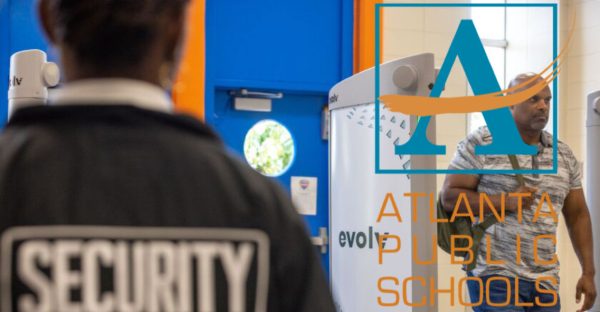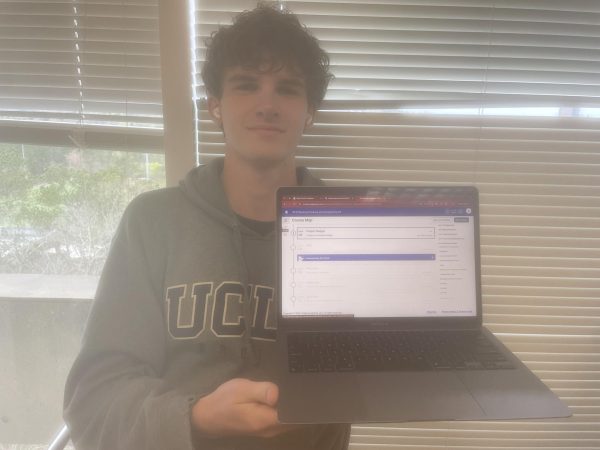Dubs On the Road: Travel Horrors Hamper the Holidays
One of the most significant snow storms to ever reach the United States recently hit states across the nation. It wreaked havoc on airlines and those traveling for the holidays. One of the biggest airlines in the world, Southwest, almost shut down operations completely – leading to many travelers being stranded at the airports for days on end. It wasn’t only an operational meltdown but a technological one as well. Southwest and their planes were not up to the times. Computer system malfunctions made it almost impossible for passengers to get on alternative flights and get flight crews ready for takeoff. 60% of all Southwest flights were canceled, meaning that a lot of people did not in fact make it home for Christmas.
One horror story came from science teacher Emily Perling. The goal was to make it to her hometown of Milwaukee, Wisconsin for the holidays. Her flight was scheduled to leave Christmas Eve which would have allowed optimal time for her to get settled and cozy by the fire waiting for the festivities to come. However, that did not happen. Her flight was canceled for Christmas Eve and then canceled once again on Christmas. She finally got a flight for the 26th, but the holiday fun had already begun. After touching down in the Badger state, she was relieved that the trip finally worked out and hoped for a smooth last leg of travel. Yet once again, that hope was not fulfilled. Her checked bags were as non-existent as the Southwest management was. “We had to wait 12 days to get our clothes back,” she said. “It was awful.”
On the other side of this flight fiasco were those who flew Delta, repping the ATL. This airline powerhouse did not even get close to the meltdown that Southwest Airlines experienced this holiday season. In fact, some people didn’t see a change at all. This is due to a difference in network configurations between the airlines. The other big-name airlines use a hub and spoke system which allows planes to travel to various destinations while always returning to a hub of that specific company. Southwest uses a point-to-point system meaning their planes only travel from the destinations that they have landed in rather than returning back to a centralized area after the flight is finished. This left several planes and crews stuck in places with catastrophic weather and Southwest with no backup plan. “Clearly the preparation needed was not there,” said junior Kaleigh Fleming. “Southwest needs to do better.”
It’s clear that the holidays were a bumpy ride for all those involved in this Southwest situation. By this time next year, hopefully, they will have learned their lesson and everything will be smooth sailing, or at least a little less turbulent.












